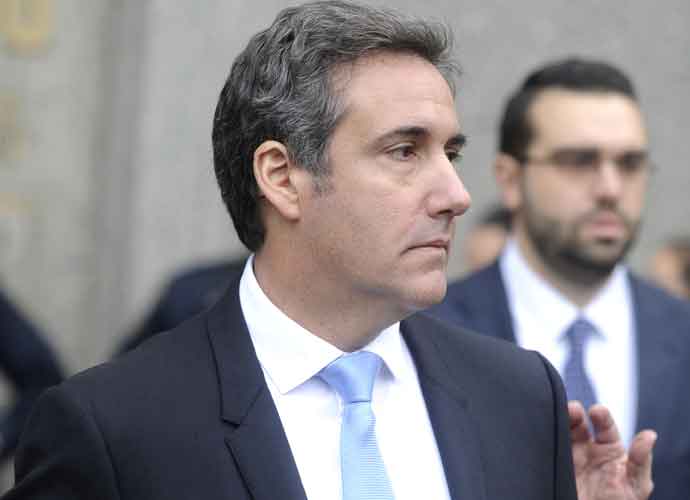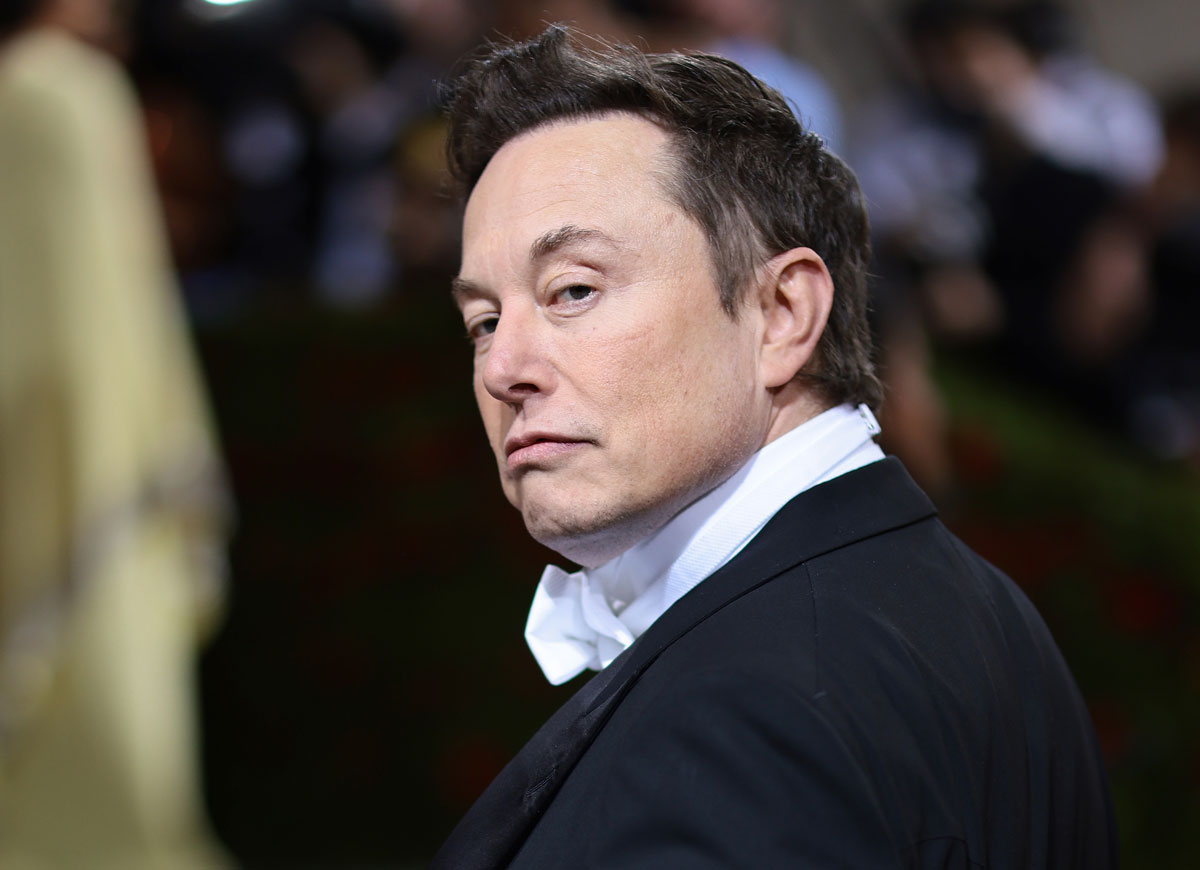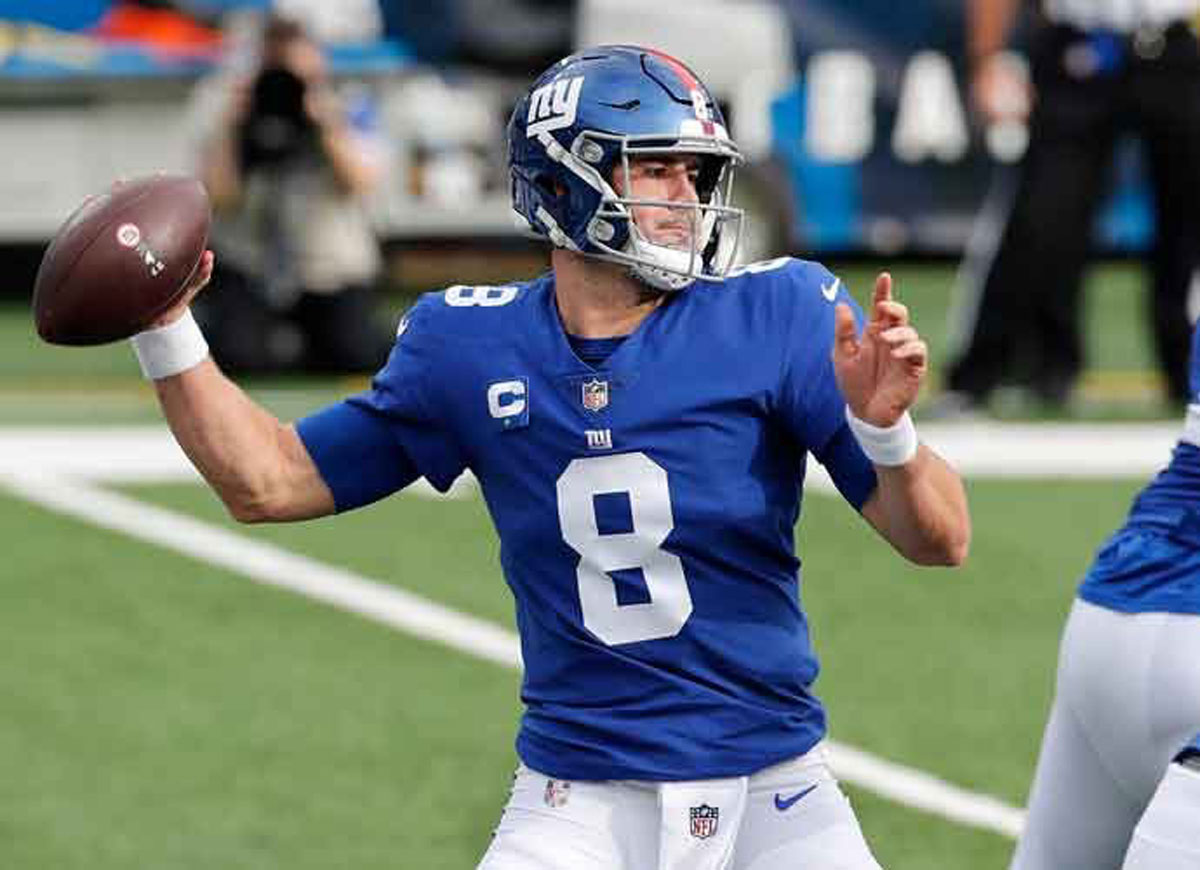Social Media Posts Play Big Role In Quest For Impartial Jury In Trump Trial, ‘Lock Him Up’ Post Got One Dismissed
As Donald Trump‘s criminal trial commenced, the initial group of potential jurors arrived and offered only their names and responses to a set of screening questions for the lawyers to evaluate their suitability.
Subsequently, the attorneys diligently scoured social media platforms, searching for hidden biases or extreme viewpoints within the jury pool. One prospective juror was dismissed by the judge when the lawyers for Trump stumbled upon a 2017 online post that exclaimed “Lock him up!” about Trump. Another potential juror was rejected after it was discovered that she had shared a video that captured the celebrations of New Yorkers after Democrat Joe Biden‘s victory in the presidential election.
Both sides were engaged in an endeavor to secure a competent jury that might, even if slightly, lean in their favor.
Even the most skilled jury selection practitioners acknowledge their craft’s limitations.
By the end of Thursday, 12 jurors had been seated for the case that alleged Trump had falsified business records to conceal a sex scandal in his 2016 campaign. The process of seating six alternate jurors was scheduled to resume the next day. The day had a rocky start with the dismissal of two jurors; one expressed doubts about her ability to be impartial after friends and relatives guessed her role as a juror, and the other was concerned about the accuracy of his courtroom statements.
Nearly 200 potential jurors had been summoned. Each potential juror was asked if they could serve impartially, and those who answered negatively were excused.
Lawyers from both sides meticulously examined the oral responses given by prospective jurors in court to a series of 42 questions designed to explore their involvement in extremist groups, attendance at pro- or anti-Trump rallies, or any association with Trump’s political campaigns, among other relevant factors.
A jury consultant aided Trump’s legal team in researching the backgrounds of prospective jurors, whose identities were shared with the lawyers on both sides but not disclosed to the public.
Several individuals who were considered but not selected for Trump’s jury displayed potentially problematic content on their social media profiles. Some had shared inflammatory posts, including a meme that depicted Trump’s beheading.
In each instance, the person was privately brought into the courtroom to verify the existence or origin of the posts on their own or, in one case, their spouse’s account. They were further questioned about their sentiments towards Trump and their ability to act impartially.
The trial has gotten off to a rocky start with the judge charging that Trump was trying to “intimidate” witnesses. On Friday, a man set himself on fire in front of the courthouse. He died on Saturday.
RELATED ARTICLES
Get the most-revealing celebrity conversations with the uInterview podcast!







Leave a comment